The inherent disadvantages of SUVs in rollover tests have long been a topic of concern among automotive safety experts. While these vehicles are popular for their spacious interiors and commanding road presence, their higher center of gravity poses significant risks when it comes to stability. Unlike sedans or hatchbacks, SUVs are more prone to tipping over during sharp turns or sudden maneuvers, a fact that has been consistently demonstrated in controlled rollover tests conducted by various safety organizations worldwide.
Physics doesn't lie - the basic principles of vehicle dynamics make SUVs fundamentally more vulnerable to rollovers. When comparing different vehicle types side by side in identical test conditions, SUVs consistently show a greater tendency to lift wheels off the ground or completely overturn. This isn't just theoretical; real-world accident statistics show that rollovers account for a significantly higher percentage of fatal crashes involving SUVs compared to passenger cars.
The relationship between a vehicle's center of gravity and its track width determines its stability threshold. SUVs typically have a higher center of gravity due to their taller ride height, which manufacturers implement to achieve better ground clearance. While this design benefits off-road capability, it comes at the expense of on-road stability. Even with modern electronic stability control systems, the laws of physics still favor vehicles with lower profiles in emergency avoidance situations.
Manufacturers have implemented various countermeasures to mitigate this inherent disadvantage. Electronic stability control (ESC) systems have become mandatory in many countries, significantly reducing rollover risks. Some automakers have developed sophisticated rollover prevention algorithms that can predict potential rollover situations and automatically apply brakes or reduce engine power. However, these systems can only work within the physical limits dictated by the vehicle's design.
Recent advancements in suspension technology and weight distribution have helped narrow the gap between SUVs and traditional passenger cars. Some premium SUV models now feature active suspension systems that can lower the vehicle at highway speeds or during aggressive cornering. Others utilize lightweight materials to bring the center of gravity down without sacrificing interior space. Despite these innovations, the fundamental compromise remains - you can't completely overcome the physics of a tall, heavy vehicle.
The popularity of SUVs continues to grow globally, with consumers often prioritizing aesthetics and perceived safety over actual handling characteristics. Many buyers mistakenly believe that larger vehicles are inherently safer, not realizing that rollover risk represents a different kind of danger. Automotive journalists frequently note that while modern SUVs handle much better than their predecessors from decades ago, they still can't match the agility and stability of lower-profile vehicles when pushed to their limits.
Rollover testing protocols have evolved to better assess real-world scenarios. Instead of just measuring static stability factors, modern tests evaluate dynamic performance during emergency maneuvers. These more rigorous evaluations have forced manufacturers to pay closer attention to suspension tuning and weight distribution. Some models now perform surprisingly well in these tests, demonstrating that careful engineering can partially compensate for the SUV's natural disadvantages.
Consumer education remains a critical challenge. Many SUV owners drive their vehicles as if they were regular cars, unaware of the different handling characteristics. Safety advocates emphasize the importance of understanding a vehicle's limitations and adjusting driving behavior accordingly. This includes taking turns more slowly, avoiding sudden lane changes, and being extra cautious in adverse weather conditions where rollover risks increase dramatically.
The future may bring more radical solutions to this persistent problem. Some concept vehicles explore alternative designs that maintain SUV practicality while lowering the center of gravity. Electric SUVs, with their heavy battery packs mounted low in the chassis, show particular promise in this regard. As automotive technology continues to evolve, we may eventually see SUVs that can truly combine the best attributes of different vehicle types without compromising safety.
For now, the trade-offs remain clear. Consumers who prioritize safety above all else should carefully consider whether they truly need an SUV's capabilities or if a lower-profile vehicle might better suit their needs. Those who choose SUVs should opt for models with the most advanced stability systems and commit to driving with heightened awareness of the vehicle's limitations. The automotive industry's ongoing efforts to improve SUV safety are commendable, but physics will always favor designs that keep mass as low to the ground as possible.
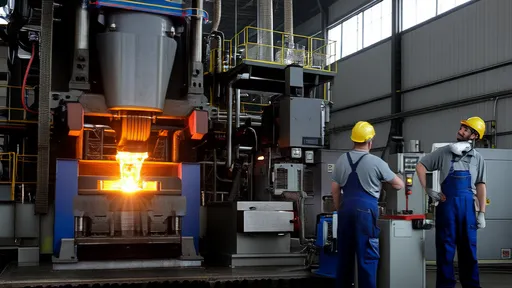
By /Jun 14, 2025

By /Jun 14, 2025
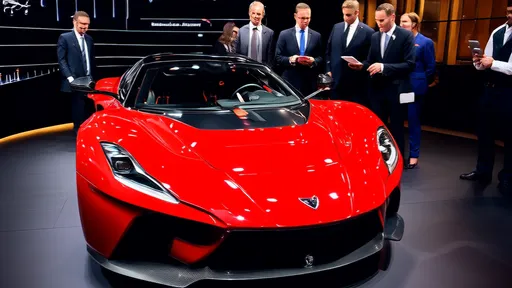
By /Jun 14, 2025
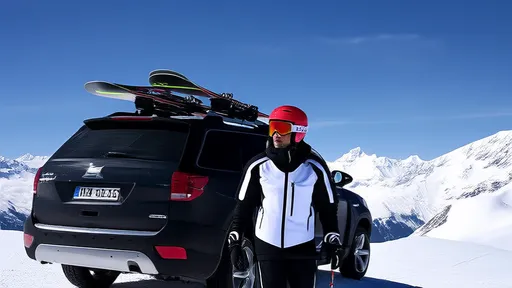
By /Jun 14, 2025

By /Jun 14, 2025

By /Jun 14, 2025
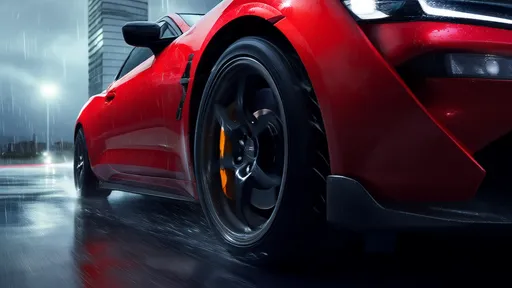
By /Jun 14, 2025
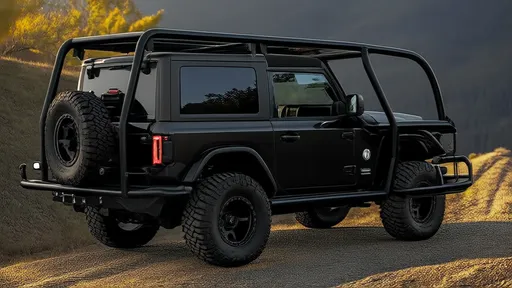
By /Jun 14, 2025
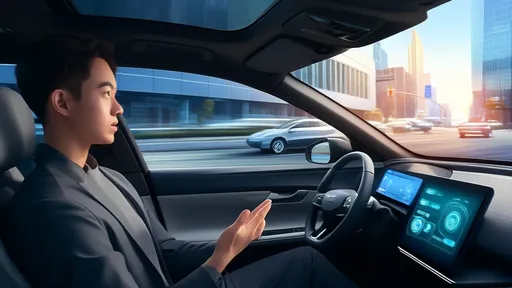
By /Jun 14, 2025

By /Jun 14, 2025

By /Jun 14, 2025
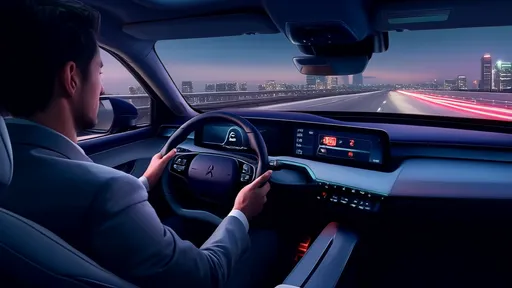
By /Jun 14, 2025
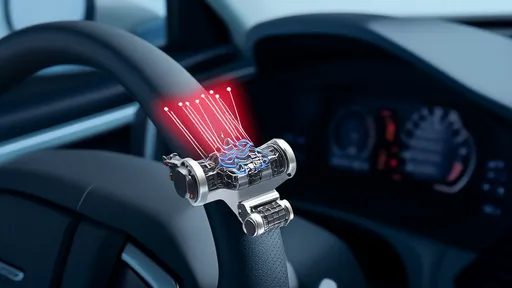
By /Jun 14, 2025
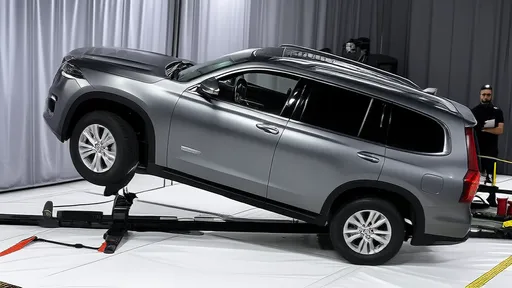
By /Jun 14, 2025
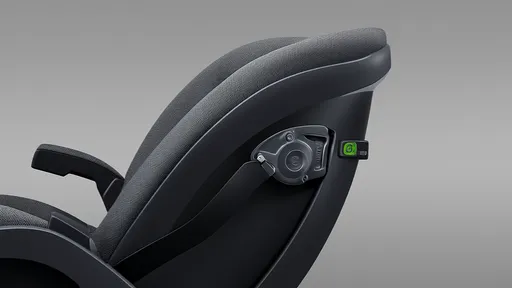
By /Jun 14, 2025
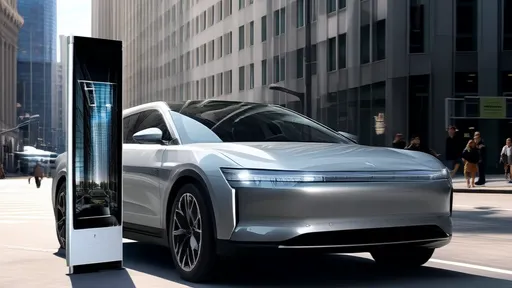
By /Jun 14, 2025
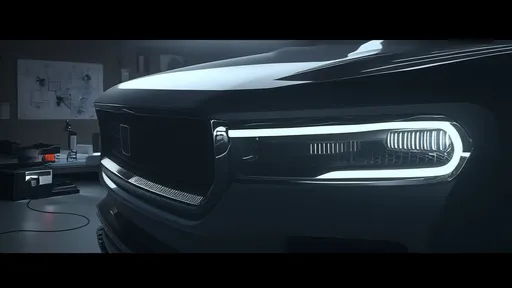
By /Jun 14, 2025